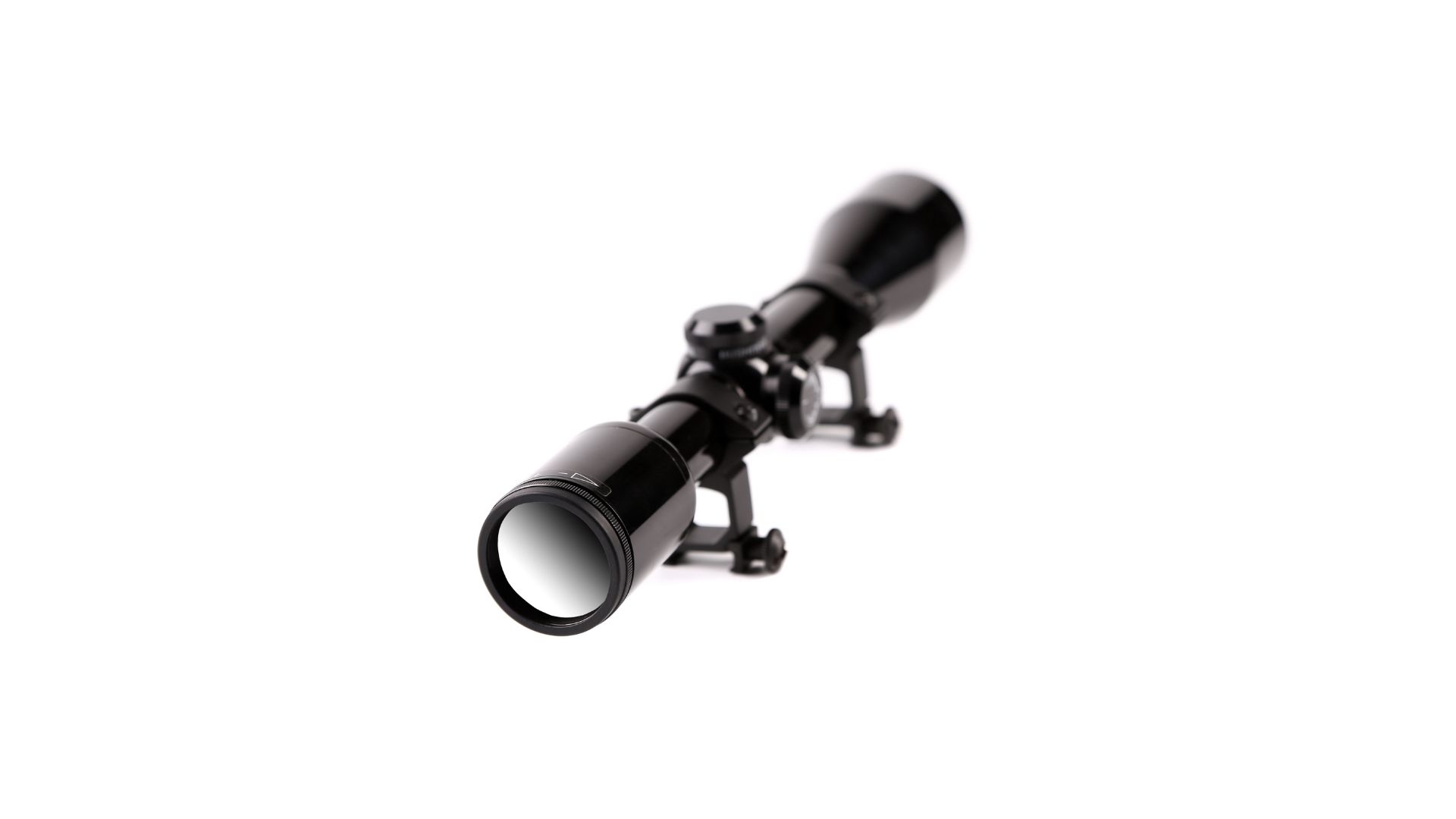Hunting Optics and Scopes


Picking out the ideal rifle scope can make all the difference to your success in the field, sometimes being the difference between taking down a prized animal or missing your shot entirely.
Scopes do not collect light (despite what some claim), they transmit it through lenses. To test how much light your scope can deliver, hold it at arm’s length and look for a circle of illumination around its base.
Reflex Optics
Red dot sights offer a no-magnification shooting experience and are available for shotgun, muzzleloader, crossbow and handgun usage. Ideal for situations requiring rapid target acquisition with both eyes open usage; red dot sights provide an immersive shooting experience.
A battery powers an LED that projects either a red or green dot onto an angled piece of lens and the light reflected back toward the shooter, creating an aiming point without magnification. Some reflector sights provide multiple reticle designs such as circles, chevrons and crosses similar to traditional iron sights; examples of such sights from Trijicon include RMR and SRO models.
Variable Scopes
Shooters who enjoy long-range shooting, varmint hunting or 3-Gun competitions should consider low power variable scopes for use with various targets and calibers. These scopes offer superior accuracy.
First-plane reticle scopes provide consistent magnification changes without changing the apparent size or point of impact; they’re lighter and cheaper than big variables with second-plane reticles.
These scopes are ideal for mountain hunters or muzzloaders who prefer lightweight equipment, providing different power settings to accommodate shooting situations and allow hunters to carry fewer rifles with different scopes for different situations.
Fixed Scopes
Prior to recently, fixed power scopes were the superior choice for long range hunting, due to their smaller objective lenses which produce brighter images at lower magnifications and lighter weight and easier mounting capabilities.
Hold-over style reticle scopes offer versatile performance across distances. To gain greater target recognition at all magnifications, first focal plane scopes may be worth trying as their reticle stays proportional to target size throughout magnifications – an increasing popular option among hunters as their lens coatings, durability, and smaller diameter has made them even more affordable; one such scope being Leupold M8 4X.
Objective Lens
Optics purchasers frequently believe that larger objective lens sizes are superior. While it’s true that larger objective lenses gather more light, their effectiveness ultimately depends on the scope’s erector assembly.
Consider your intended use when selecting an objective lens size suitable for you. A younger shooter with good eyes might benefit from an 8x32mm scope, while more experienced hunters might need larger objectives to maximize light gathering ability. There are also specialized objectives like achromatic, plan, and fluorescent that provide for specific viewing experiences.
Turrets
Many rifles feature adjustable windage and elevation turrets that enable users to quickly dial in their rifle’s zero using calculations based on ammunition used and hunting conditions. This feature makes your life much simpler!
One milliradian (mill) at 100 yards equals 3.6″ of adjustment. Knowing this allows you to use a range finder and scope with a mil reticle to calculate how much bullet drop occurs at various distances and get on target quickly while maintaining steady trigger pull, known as holdover.
Reticle
Reticles serve as the aiming points of a rifle scope and can range from simple crosshairs to more complex patterns such as dots, posts, concentric circles/horseshoes, chevrons or graduated markings.
Crosshair reticle designs are among the simplest available, presenting themselves on your scope with familiar crosshairs that are easy to read but aren’t ideal for long-range shooting.
Leupold’s Boone and Crockett (BDC) reticles provide more precision, with markings designed for specific cartridges. Meanwhile, other manufacturers such as NightForce provide more advanced options based on velocity (ACCS). Illuminated reticles are also available – useful when hunting dawn or dusk or tactical situations.
